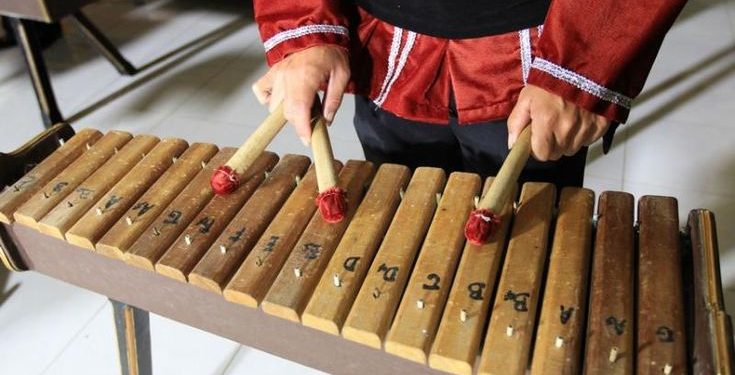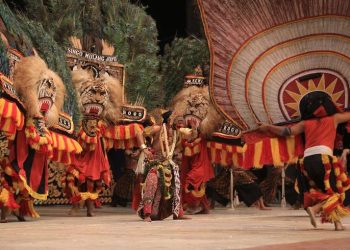Jakarta, Indonesia Sentinel — The traditional musical instrument kolintang from Minahasa, North Sulawesi, has officially been inscribed as Indonesia’s 16th Intangible Cultural Heritage by UNESCO. The announcement was made during the 19th session of the Intergovernmental Committee for the Safeguarding of Intangible Cultural Heritage in Uruguay on December 5, 2024.
Indonesia’s Minister of Culture, Fadli Zon, expressed his gratitude, celebrating the recognition of kolintang as a cultural treasure.
“Kolintang is not just a musical instrument but a symbol of harmony, unity, and the creativity of the Indonesian people. This acknowledgment underscores our collective commitment to preserving the nation’s rich cultural heritage,” said Fadli Zon in a statement, as reported by Detik.
The recognition of kolintang was achieved through an Extended Nomination process, alongside the balafon, a traditional musical instrument from Mali, Burkina Faso, and Côte d’Ivoire. This designation underscores kolintang as part of a global cultural practice.
“This collaboration with the three African nations demonstrates how traditional music can bridge geographical and cultural divides,” Fadli added.
According to UNESCO, kolintang satisfies the five critical elements of Intangible Cultural Heritage:
- Oral Traditions – Passed down through generations.
- Performing Arts – Played in ensemble settings.
- Social Practices and Rituals – Integral to Minahasan ceremonies and traditional dances.
- Ecological Knowledge – Crafted from specific local woods.
- Traditional Craftsmanship – Skillfully handmade by artisans.
Traditionally performed in ensembles, kolintang accompanies cultural ceremonies, dances, songs, and musical events in Minahasa society.
Kolintang Traditional Instrument
Kolintang is a traditional percussion instrument from Minahasa in North Sulawesi, Indonesia. The instrument features rows of wooden bars arranged on a resonating wooden box, and typically played in ensembles.
Kolintang: Indonesia’s Traditional Music of North Sulawesi
The instrument is made from lightweight yet durable local woods with parallel grain structures while also ensure the instrument’s unique tonal quality and resilience. Commonly used materials include, Kayu telur (Alstonia spp.), Kayu wenuang (Octomeles sumatrana Miq.), Kayu cempaka (Magnolia tsiampacca) and Kayu waru (Hibiscus tiliaceus).
A Milestone for Indonesian Culture
This recognition comes after the inclusion of other Indonesian cultural elements such as reog ponorogo and the kebaya. It marks another milestone in Indonesia’s efforts to protect and promote its diverse heritage on the global stage.
The designation of kolintang as an Intangible Cultural Heritage is not only a win for Minahasa but also a testament to Indonesia’s cultural richness and the enduring power of traditional arts to connect communities worldwide.
(Raidi/Agung)
























